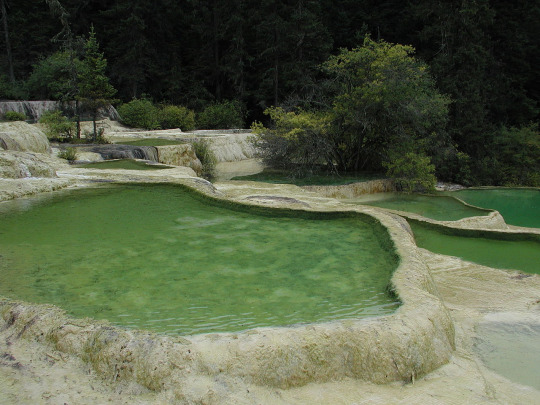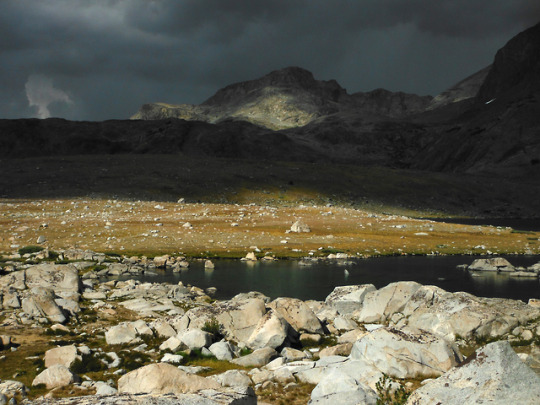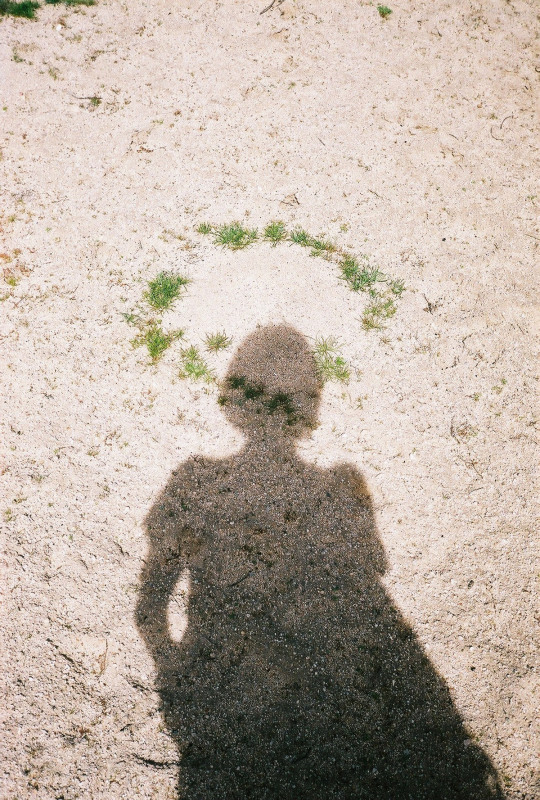Text


Naturally forming calcite pools in Huanglong, China.
4K notes
·
View notes
Text
The Kuriakoses’ experience was an early taste of a phenomenon that, over the next few decades, spread across most of India’s big cities. As a more standardized international approach to building design emerged, many Indian architects abandoned the vernacular traditions that had been developed over thousands of years to cope with the weather extremes of different regions. The earthen walls and shady verandas of the humid south, and the thick insulating walls and intricate window shades of the hot dry northwest, were swapped for a boxy modern style. Today, buildings in downtown Bangalore often look like those in Ahmedabad, in the north, or Chennai, in the east—or those in Cincinnati, Ohio, or Manchester, England.
In the climate change era, that uniformity is looking like a mistake. Large parts of India have been stifled by a spring heatwave since April, with temperatures lingering close to 110°F for weeks in some places, and topping 120°F in Delhi this week, making it dangerous to go to work or school—all weeks before the official start of summer. Spiking energy demand for cooling has helped trigger daily blackouts in cities, and what AC units are running are belching hot air into streets, worsening the urban heat island effect. As such heatwaves become increasingly common and long-lasting, experts say India’s modern building stock will make it harder for Indians to adapt.
The architecture of Indian cities began to change rapidly in the 1990s, when the country transitioned to a market-based economy. As construction boomed, Western or globalized styles became the norm. The shift was partly aesthetic; developers favored the glassy skyscrapers and straight lines deemed prestigious in the U.S. or Europe, and young architects brought home ideas they learned while studying abroad. Economic considerations also played a role. As land became more expensive in cities, there was pressure to expand floorspace by eliminating thick walls and courtyards. And it was faster and easier to throw up tall structures using steel and concrete, rather than use traditional earth blocks which are suited to lower-rise structures.
The consequence of that cookie-cutter approach was to make buildings less resilient to India’s high temperatures. The impact of that once seemed minimal. It could easily be offset by electric fans and air conditioning, and the energy costs of cooling were not developers’ problems once they sold their buildings. “Where a home [built in the vernacular style] needs around 20 to 40 kilowatt hours per meter squared of energy for cooling, today some commercial places need 15 times that,” says Yatin Pandya, an architect based in Ahmedabad. When AC units are turned on to help people sleep at night, they release heat into the streets, which can increase the local temperature by around 2°F according to U.S.-based studies. During the day, depending on their orientation, glassy facades can reflect sunlight onto footpaths. “You’re creating [problems] in every direction.”
The shift away from climate-specific architecture hasn’t only affected offices and luxury flats, whose owners can afford to cool them. To maximize urban space and budgets, a massive government housing program launched in 2015 has relied largely on concrete frames and flat roofs, which absorb more heat throughout the day than sloped roofs. “We’re building hot houses. In certain parts of the year, they will require cooling to be habitable,” says Chandra Bhushan, a Delhi-based environmental policy expert. He estimates that roughly 90% of the buildings under construction today are in a modern style that pays little attention to a region’s climate—locking in increased heat risk for decades to come.
Similar shifts have happened in developing countries all over the world, with cities from the Middle East to Latin America taking on the “copy and paste texture of globalized architecture,” says Sandra Piesik, a Netherlands-based architect and author of Habitat: Vernacular Architecture for a Changing Planet. As the global construction industry embraced concrete and steel, local materials, designs, and technologies became displaced—with lasting consequences. “Some of these traditional methods didn’t undergo the technological revolution that they needed,” to make them more durable and easier to use on a massive urban scale, Piesek says. “We focused instead on [perfecting] the use of concrete and steel.”
5K notes
·
View notes
Text

Fleda Brown, from "You Thought You Could Make Things Be a Certain Way"
3K notes
·
View notes
Text
eternal ass june ive already reincarnated 10,000 lives this month
17K notes
·
View notes
Photo

Darkening sky– thunder in the distance. Martha Lake, Sequoia-Kings Canyon National Parks, SEKI, Sierra Nevada Mountains, California, USA. Photo by Van Miller
13K notes
·
View notes
Text

Heinrich Hansen, Interior of the Rosenburg Palace, Copenhagen, c. 1821-1890.
191 notes
·
View notes
Text
(never degraded someone before) you have your mother's cruelty. and your father's cowardice.
41K notes
·
View notes
Text

A pair of red crowned cranes (Grus japonensis) perform a courtship dance in Hokkaido, Japan
by ted smith
5K notes
·
View notes











